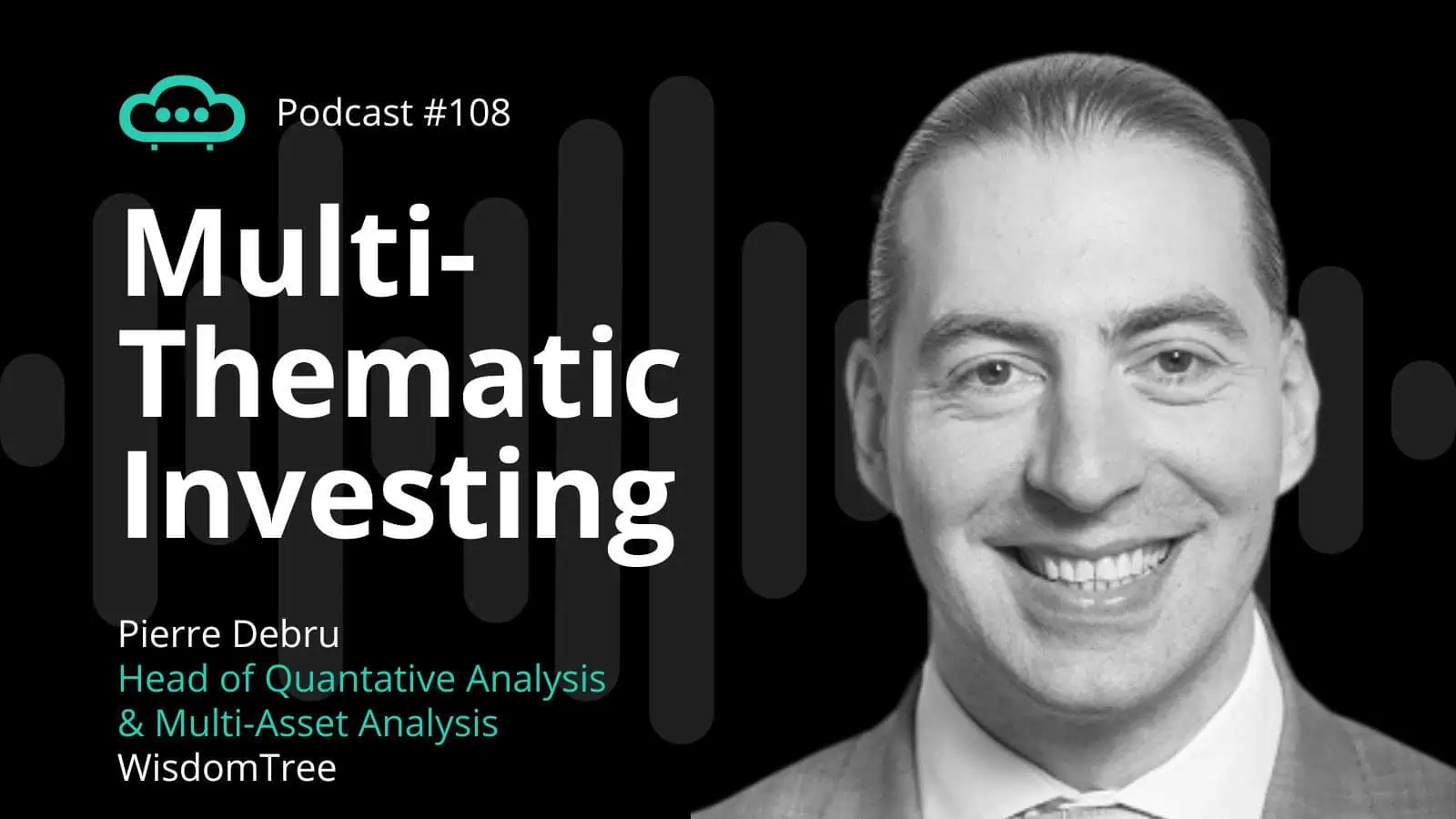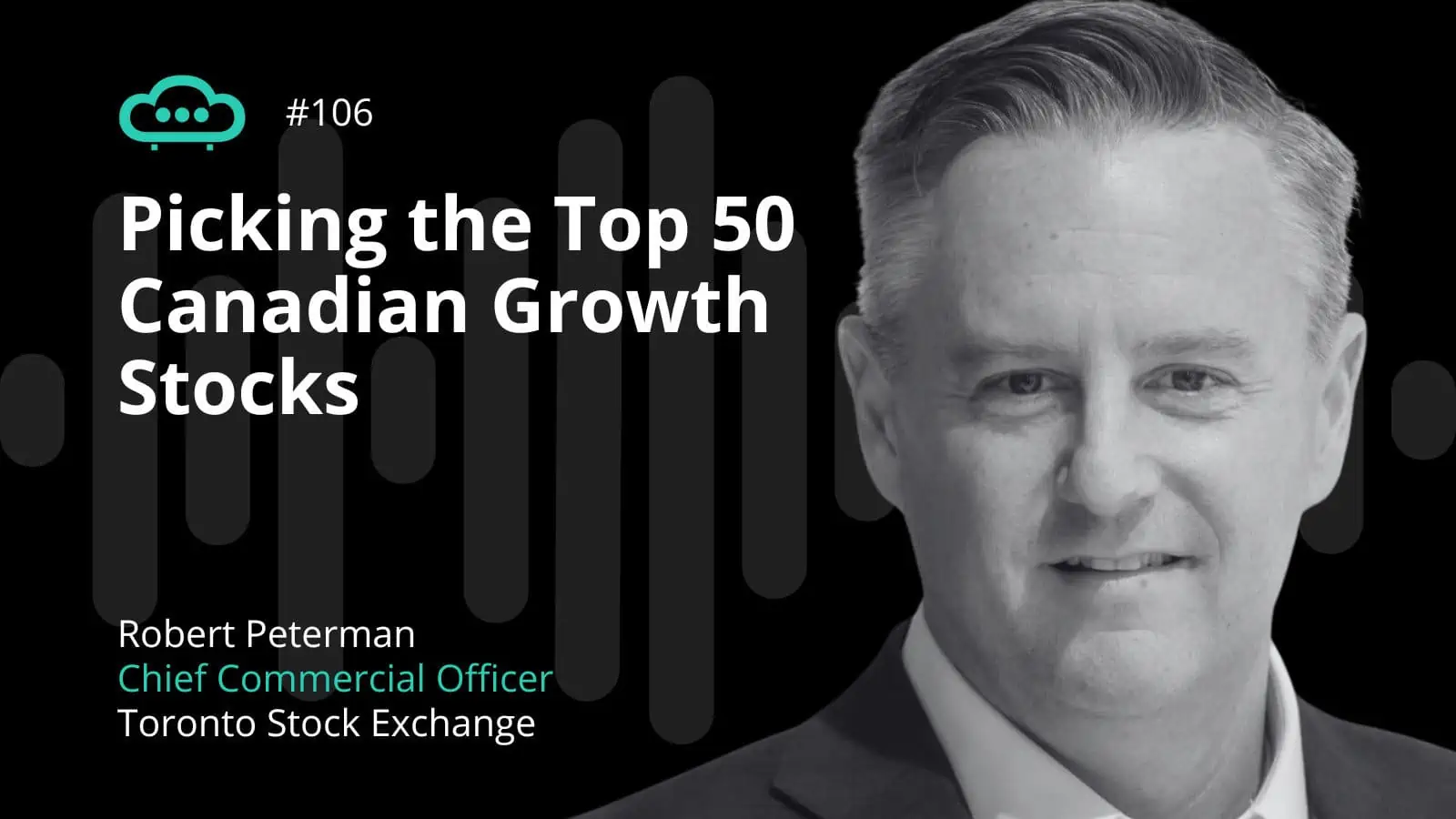For much of the past year, we’ve been repeatedly reassured – by central bankers, politicians and economists – that higher inflation is likely to be only a temporary phenomenon. It represents an inevitable post-Covid consequence, it’s been argued, of distorted labour markets, disrupted supply lines and now rebounding commodity prices, as economies re-open and recover after the pandemic.
For a range of reasons, however, it’s now being questioned just how transitory this inflation is likely to be. For example, many companies have proved able to pass on higher costs to their customers, in displays of real pricing power – especially in areas of pent-up demand. It’s also been suggested that higher energy charges are still working their way through the system, with food prices yet to fully reflect the increasing costs of fertiliser production. Such cases, it can be argued, indicate that inflation will be ‘higher for longer’ than previously assumed.
Why start getting worried about inflation?
The consequences could be far-reaching. For instance, higher inflation can erode households’ real purchasing power, especially in emerging markets – which are also disproportionately exposed to the potential effects of China’s stalling property sector. In developed economies, too, there’s the prospect of ‘the anchor slipping’ as far as inflation perceptions are concerned. As consumers and companies are bombarded with news of further price rises, without an obvious end in sight, long-held inflation expectations risk becoming untethered.
Other causes of concern include new Covid variants, repeated Russian threats towards Ukraine and a wide range of political uncertainties, including 2022’s French presidential elections. Indeed, in view of France’s importance within the European Union, there are likely to be hedging flows against market-unfriendly election outcomes – which would suggest, we believe, French underperformance relative to core markets over the coming months.
Above all, attention should surely focus on where, whether and when interest rates will rise to tackle the problem of inflation having been ‘higher for longer’ than originally predicted. We have already seen some tightening of monetary policy in various emerging markets. But central banks in the major developed economies have adopted a more passive approach, signalling an earlier withdrawal of policy accommodation than was expected at the start of the year, but largely not altering policy settings themselves. This, however, is set to change in the new year, at least in some economies.
The Fed have become more hawkish of late – in part due to the emergence of Omicron and its potential to further disrupt the supply side of the economy. This points to a faster taper of their asset purchase programme and a likely first rate hike towards the middle of 2022. The Bank of England is also set to begin lifting rates very soon. The ECB and BoJ (Bank of Japan) are much farther behind, but face more entrenched ‘lowflation’ problems. Only time will tell whether this quickened pace of adjustment will be sufficient to put a large dent in inflation pressures, or an even larger and more destabilising adjustment will prove necessary.
Emerging markets, China and the US dollar
It is important, however, not to focus excessively on inflation and interest rates or on any individual national market, but to address the full range of issues and economies – developed and emerging alike. For example, we anticipate retaining our conservative stance towards emerging markets (EM) as:
- It seems likely that China will take time to recover from its recent deleveraging purge and, consequently, we expect that its growth will be slower in 2022 than consensus forecasts suggest
- We anticipate a strong US dollar environment due to faster growth in developed markets (DM), the prospect of higher Fed interest rates, and bursts of volatility which would see the dollar supported as a ‘risk off’ currency
- Combined with further interest rate rises, such factors mean that EM seem likely to remain under pressure – continuing their recent relative underperformance
- However, the second quarter of 2022 might contain good entry points for further EM exposure, in view of our yield and interest rate expectations.
More generally, recent Covid-related developments mean that duration looks to be at the tight end of the range. However, we still believe that long-term rates are underpinned at lower levels than applied even during the pre-pandemic period and we would expect the curve to flatten in the US. Indeed, we anticipate there will come a point in 2022 when markets will focus on the curve’s flatness and predict the end of the cycle, but that point still remains, in our view, some distance away.
Getting a sense of perspective on inflation
Finally, returning to inflation, a sense of perspective is required. The seriousness of today’s inflationary surge is shown by the phrase ‘stagflation’ coming back into common usage for the first time in nearly 50 years. But it’s equally important to remember that its return has been caused by a supply side shock of ‘once in a century’-type proportions. In such circumstances, it’s simply too early to say whether the current bout of inflation is merely mild and transitory or more serious and enduring. Whichever proves to be right, our task, at abrdn, remains unchanged the same: to use our experience and expertise to help steer our investors safely through another challenging year.
Nicholas Kordowski is Head of Fixed income Research at abrdn.












